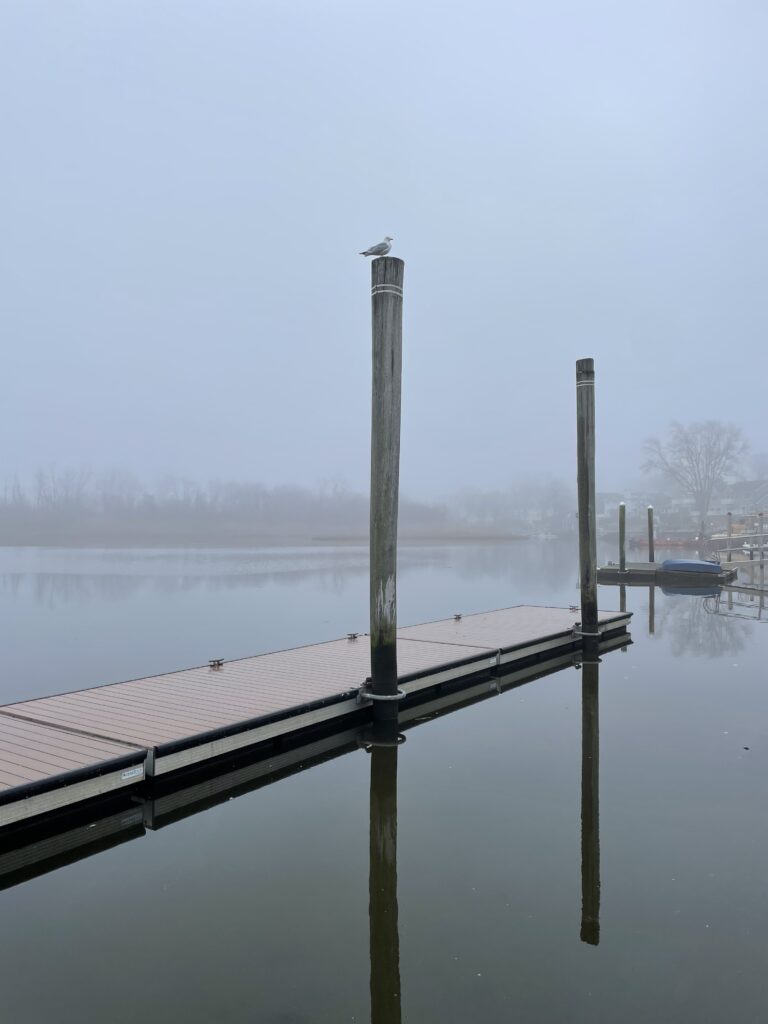Something to Read
It’s no accident that guides show up in almost every movie. Nearly every human being is looking for a guide (or guides) to help them win the day.
– Donald Miler from Building a Storybrand

The idea of a hero and a guide is a key part of the storytelling framework from Donald Miller’s, “Building a Storybrand.” This book was recommended by my brilliant colleague Cecilia and what a gift it is.
Developing a message that other people actually care about can be hard – mostly because we are often trying to be the hero in our own stories. So, Miller’s recommendation to get out of the hero seat was one that has been keeping me up at night – it’s so simple, but one that is easy to forget when we are sharing our expertise with others.
Often, our stories center on what WE can offer, what OUR skills contribute, how WE can solve a problem for someone else…and on and on until we are walking in our champion parade.
Why does maintaining your “guide” status matter?
Miller’s book reminded me of the age-old communication principle that it is not about US – it’s about our audience. If every message we shared started with us thinking about our audience (hero) and how we (the guide) can use our skills/expertise/resources to enfranchise and bolster our audience in their own execution, we would have audiences who felt more connected and ready to act.
- If you’re looking for a fresh take on messaging and storytelling, check out “Building a Storybrand” from local New Jersey bookstore River Road Books. Find the digital or audio book from your online retailer of choice.
Something to Hear
After 10 years in San Diego, I have now experienced my first full year of seasons in New Jersey. It’s surprisingly refreshing and this month’s recommendation for something to hear was such a peaceful way of leaning in to all that each season can bring us. Learn more about how “the wisdom of the seasons” can help us reconnect to the seasons of the earth and “experience more creativity, joy, and presence in our everyday lives.”
March 19 was the first day of spring – “the season of birth, beginnings, creativity, development, enthusiasm, and opportunity.”
– Emily Thompson, Welcome to Almanac podcast

Emily Thompson takes us on a “Journey Through the Seasons” in her episode that was first published in early January. If you have a vision of the Disney rides where you sit passively while a review of modern technology or agricultural advances move vividly in front of you…then you have the right idea.
What made me want to include this recommendation in the March list?
Full disclosure – I was hesitant to post this podcast as my recommendation this month because it’s pretty untraditional from a business perspective, but I heard it for the first time right after it was published, and it has been on my mind ever since. What resonated most with me was how she connects the seasonal behaviors of trees and bears – it’s all about getting back to our roots to have the stamina to produce creatively throughout the year. …She also recognizes that our societal expectations of business make this a challenge practice to implement completely.
The message I’m going to take away most profoundly is not in how I run by business, but in how I mentally assess my productivity and work – aiming to take the approach Emily suggests for each season:
- Spring: Awakening, Planting
- Summer: Abundance, Expansion
- Fall: Realization, Reaping
- Winter: Rest, Reflection
I highly recommend this 21-minute episode during a commute or walk – listening felt like a form of meditation for me. You can find this January 8, 2024 episode of Welcome to Almanac titled, “Journey Through the Seasons” by visiting the Welcome to Almanac website or wherever you get your podcasts.
Something to Do
Practice a Positive No.

The incomparable Beth Rogers reminded me of the “Power of a Positive No,” this month and it is critical that I pass on this knowledge. Have you ever wanted to say no to someone or something, but didn’t… but DID want to, but didn’t? Then, this tip is for you.
When someone asks something of us that we would like to decline – one of three things often happen…. (1) we say “yes,” but we want to say “no,” (2) we say “no” poorly because we are angry/annoyed about the request, or (3) we say nothing at all, hoping it will go away.
The “Positive No” is your tool for saying no – while acknowledging that it’s hard to do it. Think of it as a “No Sandwich” where the two slices of bread are “yes statements”…
- Affirmation – internally focused affirmation of your bigger shared interest.
- Establish a limit – respectfully decline
- Propose a new option – invite a possible agreement
Here’s an example of this framework in practice…
Beast: “Belle, would you come down to dinner instead of eating in your room?”
Belle: “I appreciate the invitation, Beast, and know it feels good to enjoy dinner with someone else. I cannot come down for dinner tonight. If I am feeling rested tomorrow, I would be open to another invitation.”
…there are some trends going on with Talking Points – the Disney character examples live on another month!
To read more about the Positive No – check out William Ury’s The Power of a Positive No: Save the Deal, Save the Relationship – and still say No.
Something to See

In keeping with the seasonal lessons from Welcome to Almanac (Something to Hear), this month’s photo was taken on March 6 – about 10 days before winter officially ends – at the public dock on our town. It was a foggy morning, but not particularly cold. The quiet of the water, stillness of the fog, and moment of pause of the seagull perched atop the post (do you see it?) were all reminders of the peaceful reflection that winter can offer. I’m looking forward to this spring season, but grateful for the winter and the reflection is had offered.
